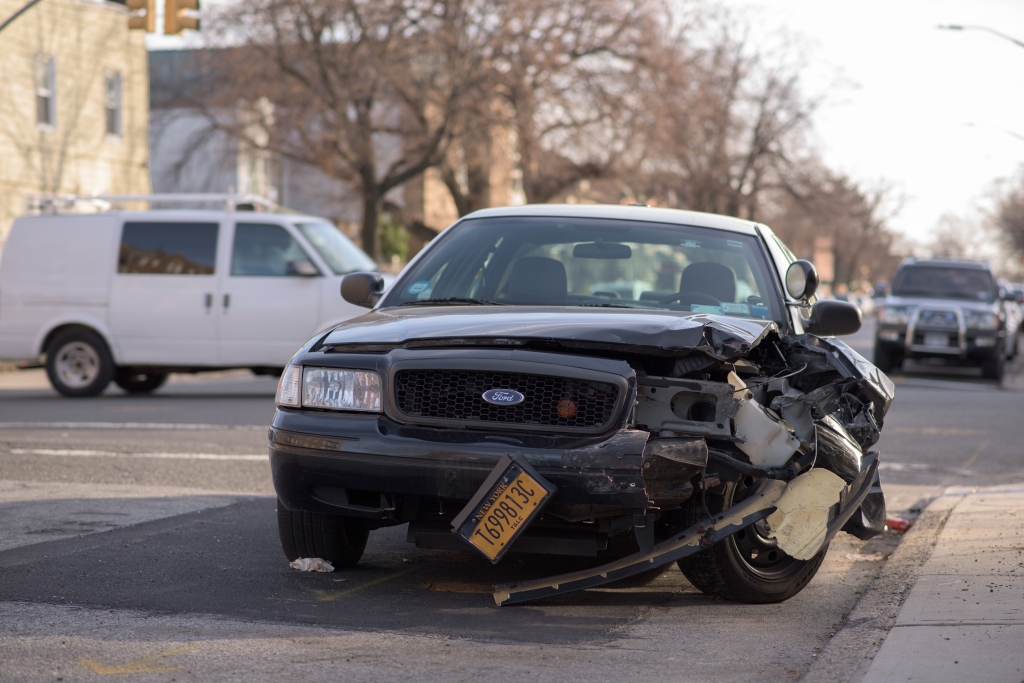- Call the police. Immediately call them and give them as much information as you can. They might be able to track down the driver. Make sure to tell the police about your injuries because they will be more inclined to create a report and investigate the matter if you are hurt.
- Call your insurance company. If they never find the defendant, you might end up dealing with your insurance company to recover for medical bills and pain and suffering. Hopefully you have uninsured or underinsured motorist coverage for cases like this. If you don’t, I recommend you get it. Put them on notice so they don’t try to claim you waited too long. Hold off on giving a detailed or recorded statement if you plan on hiring an attorney.
- Get as much information about the defendant as possible. Even small details can be helpful like the basic color and make of the vehicle, a portion of a license plate number, whether the driver was young or old.
- Photograph your vehicle or bicycle. Take photos of all sides your vehicle or bicycle. Even photograph parts of the car that are not damaged because it might come up later. Insurance companies and sometimes the police want to confirm evidence that there was contact between you and the hit and run driver. Basically, you need evidence that the other vehicle actually hit you.
- Photograph any evidence in the street including where the car came to rest, skid marks and broken vehicle or bicycle pieces. This can be used by an accident reconstruction expert later to establish how the accident occurred. Sometimes skid marks can be critical to determine who is at fault and they go away over time. Don’t expect the police or any one else to photograph them. Even if the police photographs them, sometimes they lose the pictures or they will not turn them over. Just take the photos yourself and keep them in a safe place.
- Photograph injuries including bruises. It is important to document all injuries like bruises and cuts on the knees from hitting the door or front panel. Photographs are far more compelling than simply reading that person a suffered from a contusion or laceration in a medical record. Sometimes even a minor bruise is evidence of a more major internal injury.
- Get all witness information. Get all the information you can about any witnesses including phone number, email, work, home address etc. Witnesses disappear. You cannot go to court and tell a jury, “But there was this witness that said I was right.” A judge won’t allow it. Independent witnesses are very important and can be the main reason why a jury will find in your favor.
- Go to the doctor. It’s very important that you go to a doctor as soon as possible and have them treat and document your injuries. I know some people put it off because going to an emergency room at a hospital can take too long. I have found that a local urgent care can be just as effective. If there is a major medical injury requiring immediate medical assistance go to the ER. If you are sore and unsure if you are injured, consider the urgent care. The medical provider will also document your injuries so that later on when the case is in court, people reviewing your medical treatment can use it to confirm you were in pain. This is very compelling and powerful evidence and I don’t recommend you try to tough it out and not go to the doctor.
As you can see, the key to getting the most for your case is collecting evidence early on.



